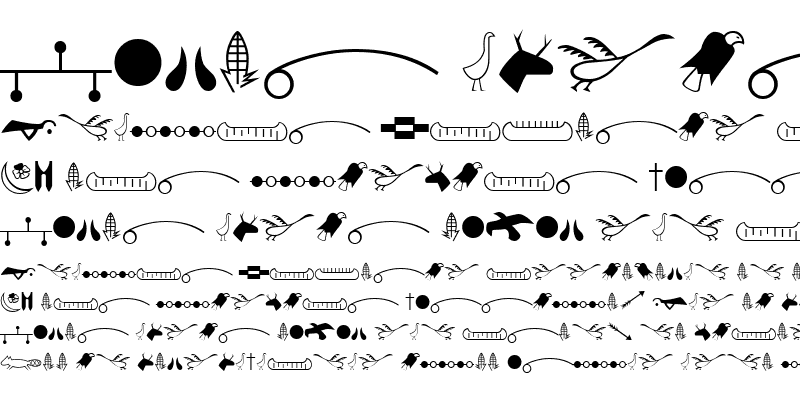
The italic fonts contain slanted, or oblique-style letters. Each weight has both an upright as well as an italic font on offer. There are five weights in the Indicator family these range from Light through Bold. So that's how we got these italic "fonts" (even though they're not actually fonts).Indikator is a family of humanist-style sans serif fonts. It's often much easier to just use italic characters rather than normal characters with a whole bunch of logic built in to handle styling of those characters (special text editors, etc.). For example, chemists and math-related fields tended to use italic characters to denote specific things, and so they needed a set of italic characters that they could use in situations where they could not apply after-the-fact styling to the text. These were all added in the early days of Unicode mostly to suit the purposes of various large companies/industries that needed to be pursuaded to use the Unicode standard. There are actually quite a few "pseudo-alphabets" that exist in the Unicode standard, and you'll notice that I've included a few others such as the "cursive" and "script" alphabets. That's why you're able to copy and paste this italic text into your instagram bio, Facebook posts, etc.

So these italic characters are just characters in the Unicode standard that you don't see as common as the "normal" alphabetical characters (like the ones you're reading right now). In fact, there are over 100,000 of them! Emojis are examples of characters that aren't on a standard keyboard. There are a bunch of characters that exist, but are not included on your keyboard. Wondering how this works? It's pretty simple. Generates italic text which you can copy and paste into facebook, twitter, instagram and other social media posts and statuses.


 0 kommentar(er)
0 kommentar(er)
